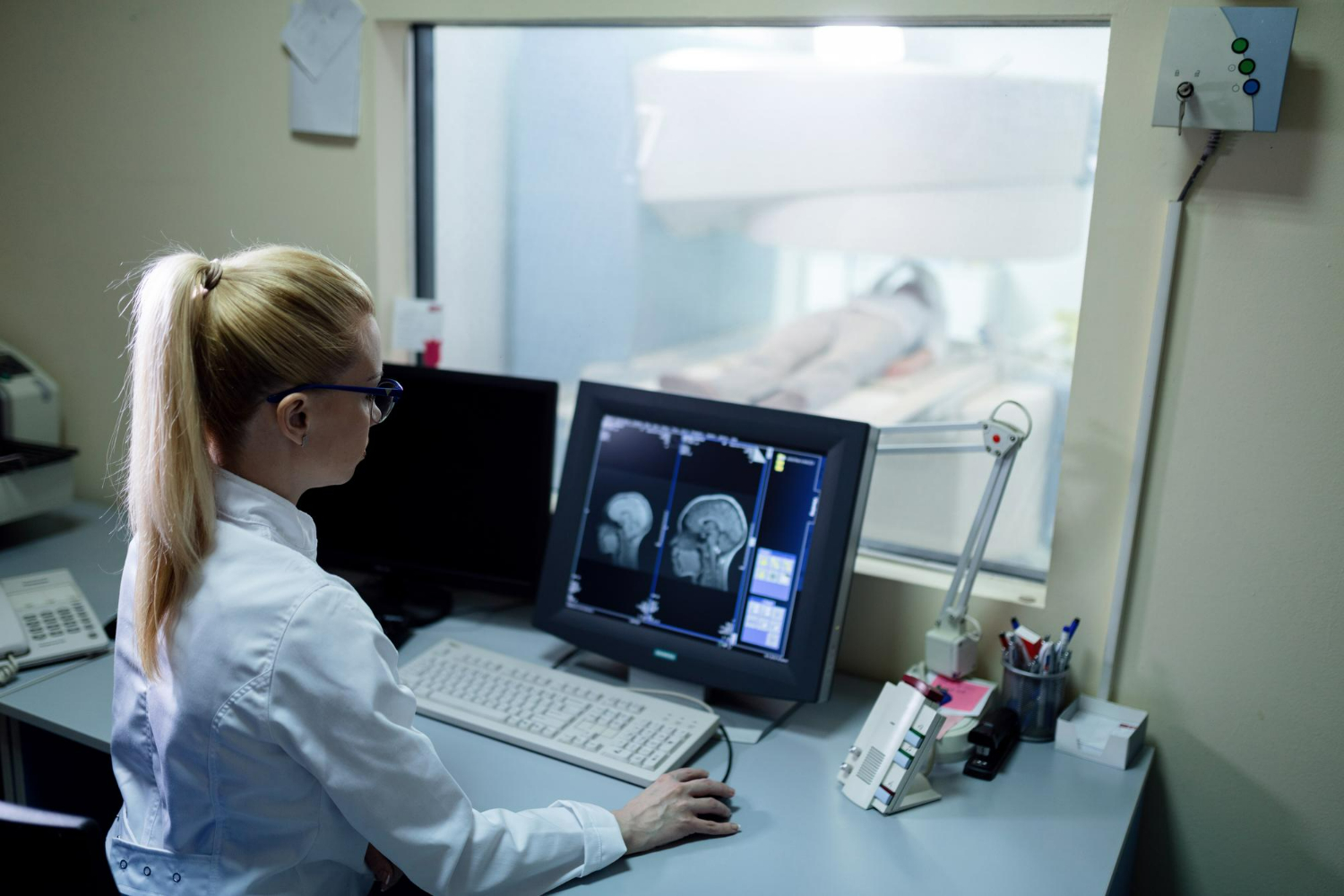Introduction
Generalized Anxiety Disorder (GAD) is a common mental health condition characterized by persistent and excessive worrying about various aspects of life. It’s essential to understand the symptoms of GAD to recognize the condition and seek appropriate treatment. In this comprehensive guide, we will delve into the cognitive, emotional, physical, and behavioral symptoms of GAD, as well as its impact on daily functioning, differential diagnosis, seeking professional help, and coping strategies.
Cognitive Symptoms
Excessive Worrying
Excessive worrying is a hallmark symptom of GAD. Individuals with GAD often experience intrusive and persistent thoughts about a wide range of concerns, such as health, finances, relationships, and work. These worries may be unrealistic or disproportionate to the actual threat posed by the situation.
Long sentences:
For someone with generalized anxiety disorder, worrying can feel like a constant companion, intruding into their thoughts even when they try to focus on other tasks or activities. It’s not just about being concerned; it’s a pervasive feeling of dread that colors their perception of the world.
Short sentences:
This excessive worrying can be exhausting and overwhelming, making it difficult for individuals to relax or concentrate on other tasks.
Difficulty Concentrating
Difficulty concentrating is another cognitive symptom commonly associated with GAD. The constant stream of worries can make it challenging for individuals to focus their attention and maintain mental clarity. This can interfere with work, school, and other daily activities.
Emotional Symptoms
Irritability
Irritability is a common emotional symptom of GAD. Individuals may feel on edge or easily provoked by minor frustrations or inconveniences. This heightened irritability can strain relationships and make it challenging to interact with others in a calm and composed manner.
Restlessness
Restlessness is another emotional symptom frequently experienced by individuals with GAD. They may feel unable to relax or sit still, constantly feeling the need to be doing something or staying busy. This inner turmoil can contribute to feelings of agitation and discomfort.
Physical Symptoms
Muscle Tension
Muscle tension is a physical manifestation of anxiety commonly observed in individuals with GAD. Persistent worry and stress can cause muscles to tense up, leading to discomfort, stiffness, and even pain in the neck, shoulders, back, and jaw.
Fatigue
Fatigue is a prevalent physical symptom of GAD, often resulting from the body’s heightened state of arousal and constant vigilance. Individuals may feel tired and depleted, even after getting an adequate amount of rest. This chronic fatigue can further exacerbate feelings of irritability and difficulty concentrating.
Behavioral Symptoms
Avoidance Behavior
Avoidance behavior is a common behavioral symptom of GAD. Individuals may go to great lengths to avoid situations or activities that trigger their anxiety, such as social gatherings, work deadlines, or financial responsibilities. While avoidance may provide temporary relief, it can ultimately reinforce anxiety and limit one’s ability to engage fully in life.
Procrastination
Procrastination is another behavioral symptom often associated with GAD. Difficulty initiating tasks or making decisions can stem from a fear of failure or perfectionism. Procrastination can exacerbate feelings of stress and overwhelm, leading to a cycle of avoidance and increased anxiety.
Impact on Daily Functioning
Social Interactions
GAD can significantly impact social interactions, making it difficult for individuals to engage in social activities or maintain relationships. Excessive worry and fear of judgment may cause individuals to withdraw from social situations, leading to feelings of isolation and loneliness.
Work and Academic Performance
GAD can also affect work and academic performance, impairing concentration, productivity, and decision-making abilities. Individuals may struggle to meet deadlines, perform optimally in exams or presentations, and advance in their careers or academic pursuits.
Differential Diagnosis
Distinguishing GAD from Other Anxiety Disorders
It’s essential to distinguish GAD from other anxiety disorders, such as panic disorder, obsessive-compulsive disorder (OCD), and social anxiety disorder, as treatment approaches may vary. GAD is characterized by chronic and pervasive worry, whereas other anxiety disorders may have distinct features such as panic attacks or specific phobias.
Identifying Co-occurring Conditions
GAD often co-occurs with other mental health conditions, such as depression, substance abuse, or other anxiety disorders. Identifying and addressing these co-occurring conditions is crucial for developing an effective treatment plan and improving overall outcomes.
Seeking Professional Help
Importance of Diagnosis
Seeking a professional diagnosis is the first step in managing GAD effectively. A mental health professional can conduct a thorough assessment, including clinical interviews and standardized questionnaires, to determine whether symptoms meet the criteria for GAD or another mental health condition.
Treatment Options
Treatment options for GAD may include psychotherapy, medication, or a combination of both. Cognitive-behavioral therapy (CBT) is a widely recognized treatment approach that helps individuals identify and challenge maladaptive thought patterns and develop coping strategies to manage anxiety. Medications such as selective serotonin reuptake inhibitors (SSRIs) or benzodiazepines may be prescribed to alleviate symptoms of anxiety.
Coping Strategies
Cognitive Behavioral Therapy
CBT techniques, such as cognitive restructuring and exposure therapy, can help individuals develop adaptive coping skills and reduce symptoms of GAD. By challenging irrational beliefs and gradually confronting feared situations, individuals can learn to manage anxiety more effectively and improve their overall quality of life.
Lifestyle Modifications
In addition to therapy and medication, lifestyle modifications can also help manage symptoms of GAD. Regular exercise, adequate sleep, healthy eating habits, and stress-reduction techniques such as mindfulness meditation and relaxation exercises can all contribute to improved mental well-being.
Conclusion
Understanding the symptoms of Generalized Anxiety Disorder is essential for early recognition and intervention. By recognizing cognitive, emotional, physical, and behavioral symptoms, individuals can seek appropriate help and develop coping strategies to manage their anxiety effectively. Seeking professional diagnosis and treatment, as well as implementing coping strategies such as cognitive-behavioral therapy and lifestyle modifications, can help individuals reclaim control over their lives and achieve greater emotional well-being.

















